Talk Overview
In his first talk, August gives an overview of how cells of the immune system interact to generate allergies. When epithelial cells are exposed to an allergen, a cascade of signaling events causes B cells to begin producing IgE. Circulating IgE binds to receptors on the surface of mast cells or basophils. Upon subsequent exposure, the allergen will bind to IgE and trigger the release of the contents of granules found in mast cells and basophils. These granules contain histamine, heparin, proteases, cytokines and other signaling molecules that are responsible for causing the many symptoms of allergies. August explains how drugs that prevent degranulation or counteract the actions of granule contents (such as anti-histamines) can help prevent an allergic response.
In his second lecture, August describes research into the molecular basis of mast cell degranulation. The binding of IgE to the Fc receptor on mast cells causes an increase in intracellular Ca2+ that is important for both cytokine production and degranulation. Experiments in August’s lab identified the actin binding protein Drebrin as the target of an immunosuppressant that can block mast cell degranulation. His lab generated Drebrin knockout mice and compared the response of mast cells from the knockout and wild type mice to Fc Receptor activation. They showed that the absence of Drebrin blocked Ca2+ influx upon receptor activation and blocked both degranulation and cytokine production. Further experiments investigated where Drebrin fits into the signaling pathways downstream of the Fc receptor.
Speaker Bio
Avery August

When Avery August was a teenager, he moved with his family from Belize to Los Angeles. Unhappy with high school in Los Angeles, August quit and instead completed his GED. He spent two years at community college before transferring to California State University in Los Angeles. Supportive mentors at CSU gave August a chance to… Continue Reading

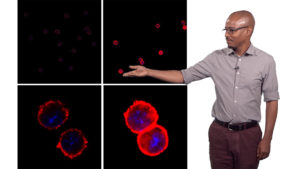
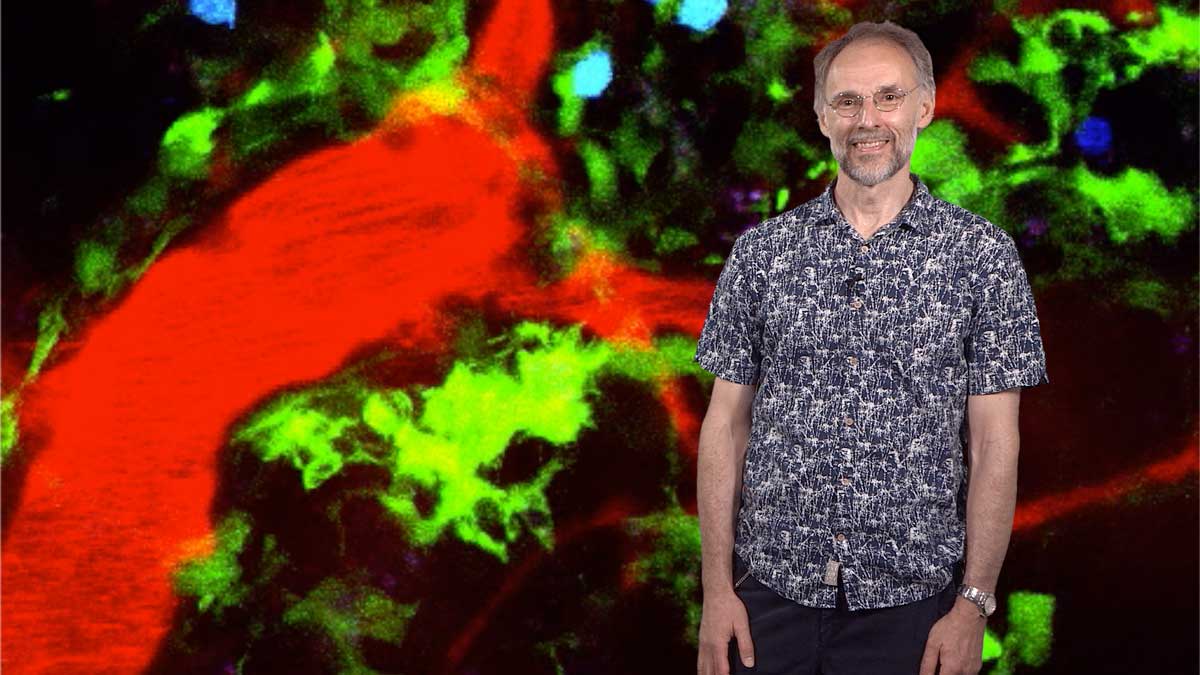
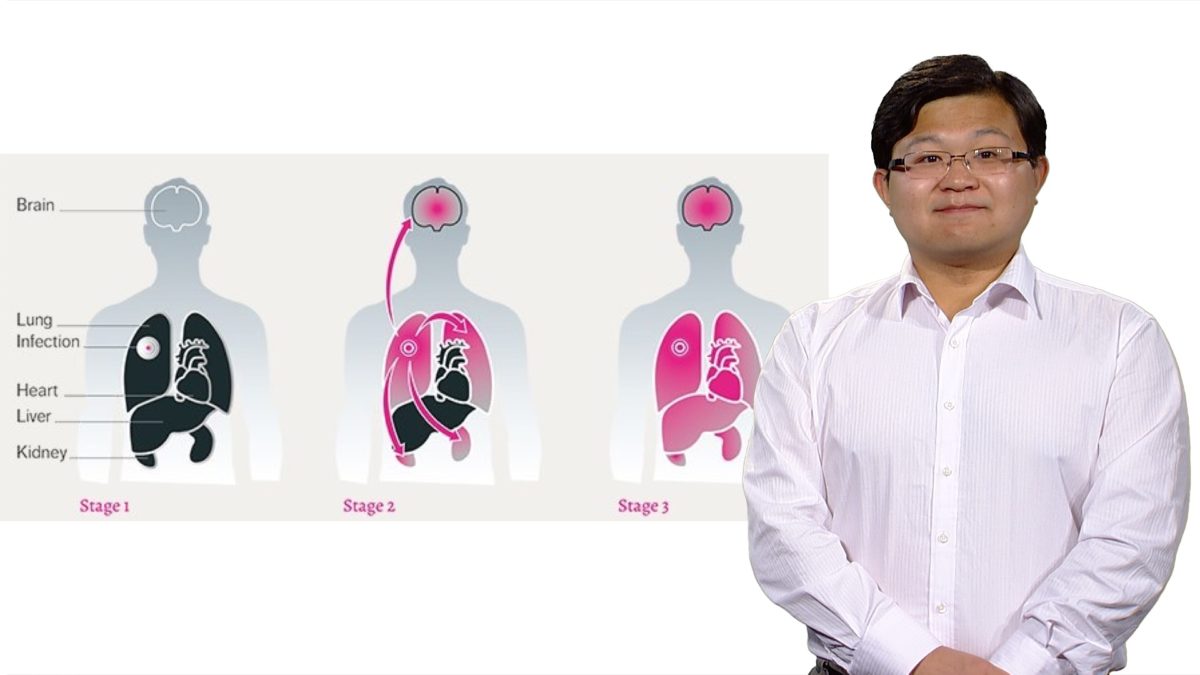
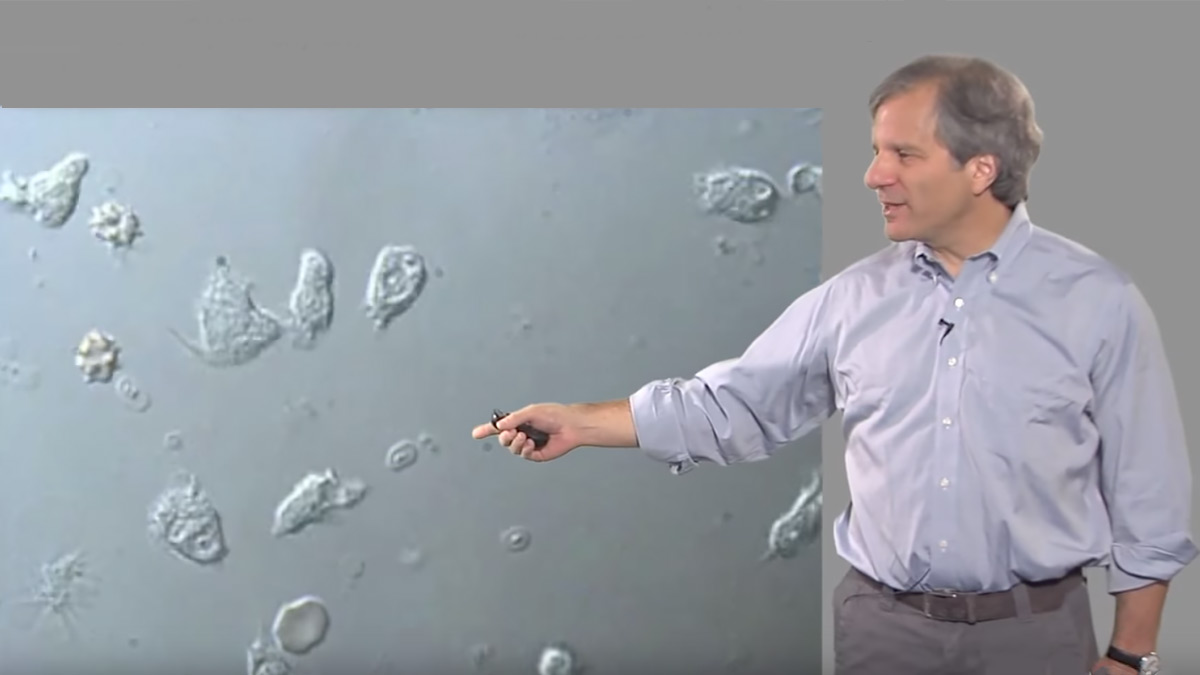
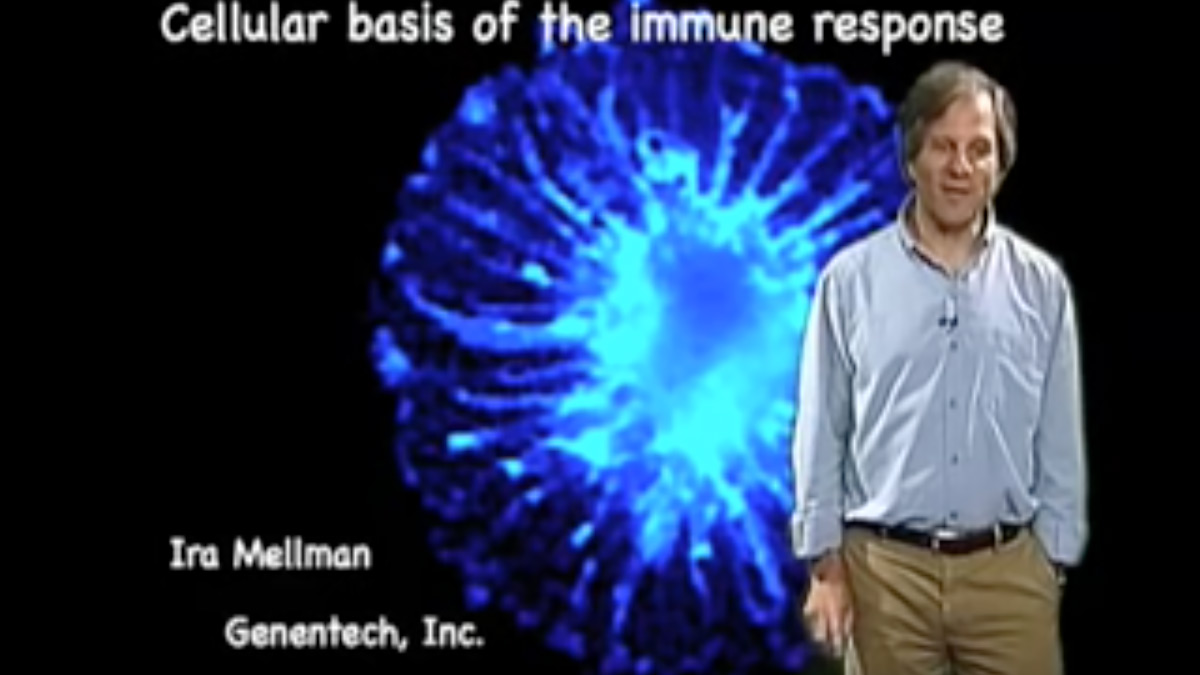





Catarina says
What is an “allergen” to one person, is not an allergen to another.
This video explains well the behavior of cells when an allergy develops but it does not go into why something is targeted and becomes an allergen. We come in contact with millions of substances and bacteria throughout our lives. The pressing issue is why are our immune systems targeting substances that are not dangerous, as we are seeing more and more allergies.